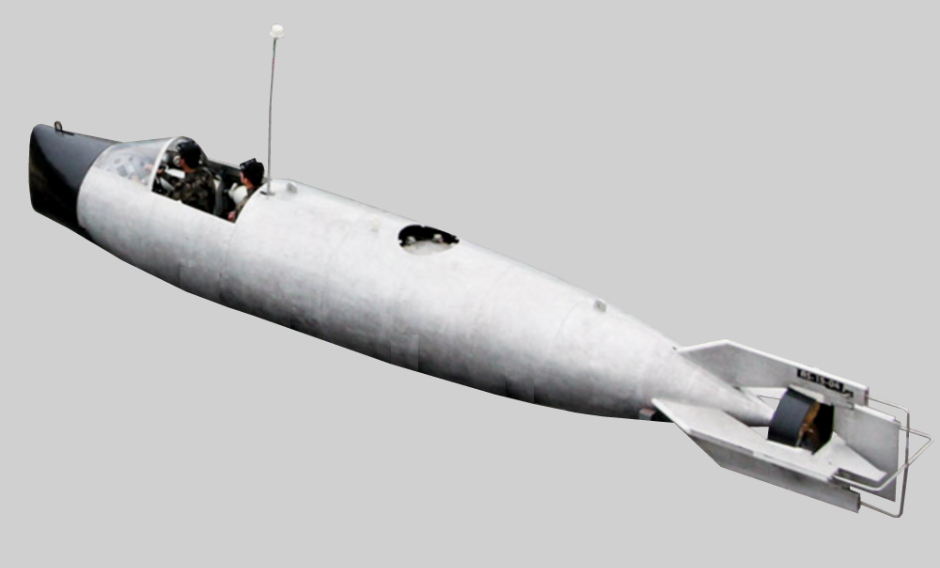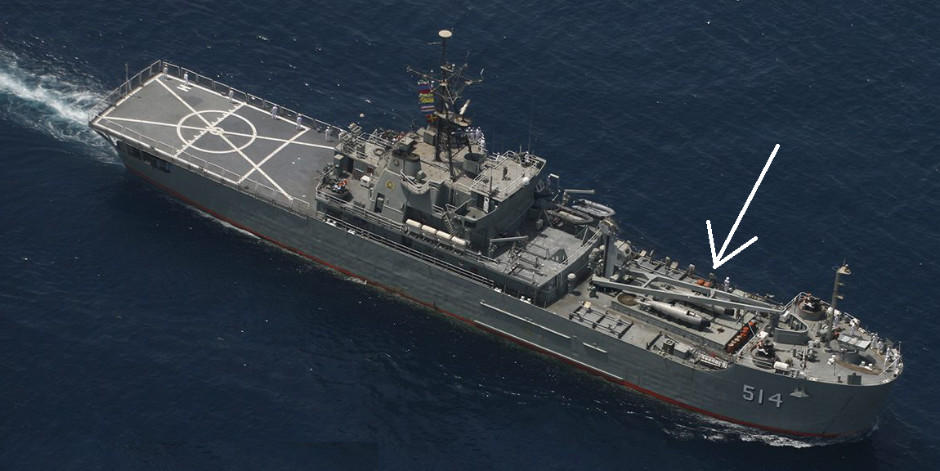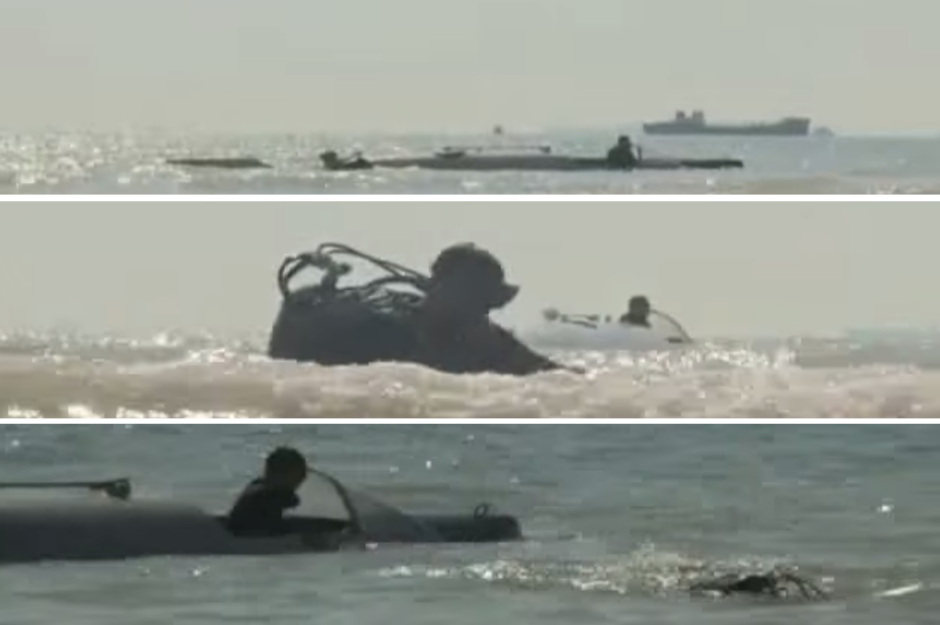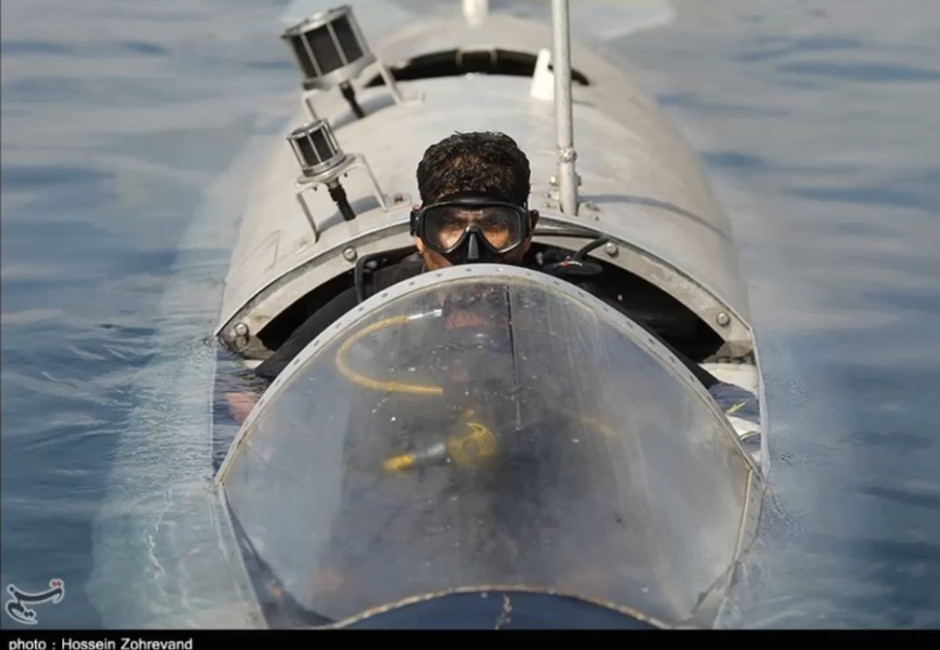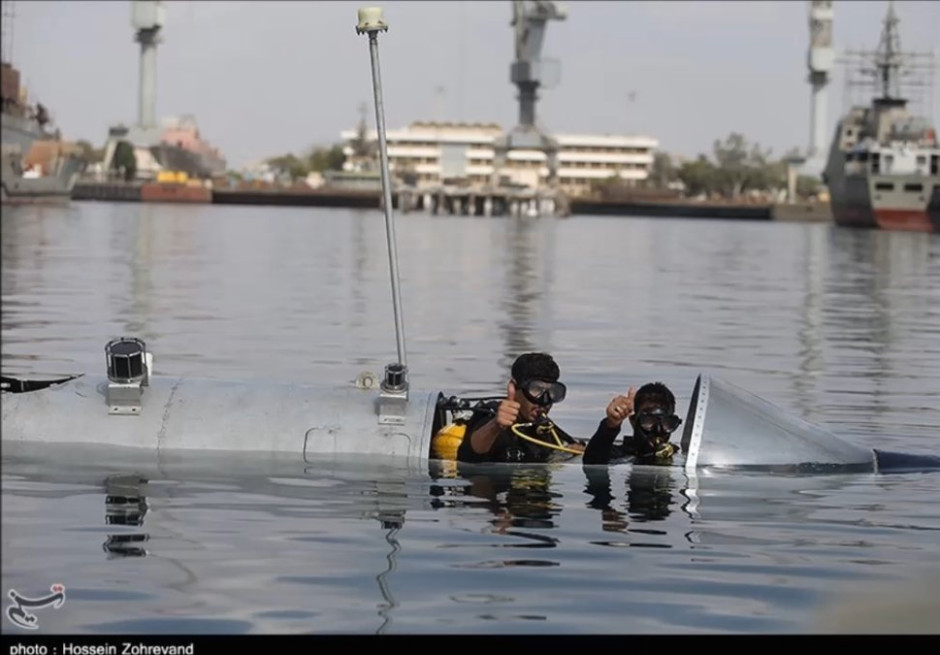 Around this time of year it is usual for Iran to reveal a few more of its super weapons. Scared Defense Week occurs in late September and is accompanied by multiple military parades and static displays. Hidden amidst the dazzling array of missiles and UAVs, Swimmer Delivery Vehicles (SDVs) do not get very much press attention (journalists being widely ignorant of what they even are!???!!!). This year was no different. But on display was a slick 'new' SDV with a low profile hull without any canopy or viewing ports. Here's why it's not actually new, but why it is still interesting.
Around this time of year it is usual for Iran to reveal a few more of its super weapons. Scared Defense Week occurs in late September and is accompanied by multiple military parades and static displays. Hidden amidst the dazzling array of missiles and UAVs, Swimmer Delivery Vehicles (SDVs) do not get very much press attention (journalists being widely ignorant of what they even are!???!!!). This year was no different. But on display was a slick 'new' SDV with a low profile hull without any canopy or viewing ports. Here's why it's not actually new, but why it is still interesting.
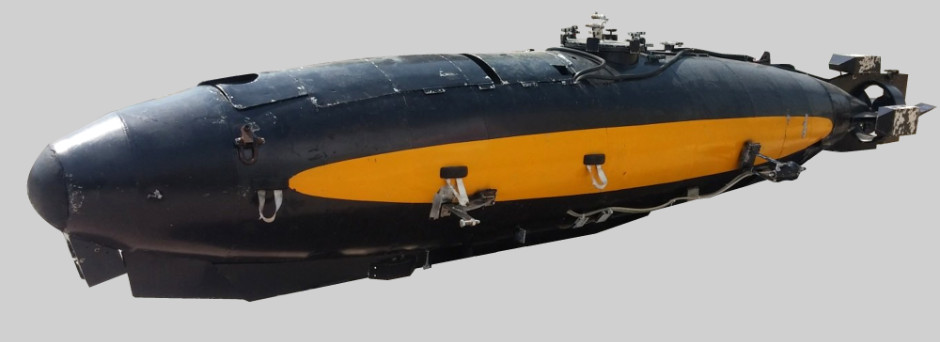
At first glance the Iranian craft looks very streamlined. Without the aid of a scaling object, it would be easy to overestimate its size and mistake it for a dry-SDV. In fact it resembles the German Orca dry-SDV design from the Cold War. The two types are however completely different in size and capability and any likeness is coincidental. The Iranian type is a wet-sub where the crew have to wear diving kit (the hatch on the spine is not a crew access). The secretive Orca dry-SDV:
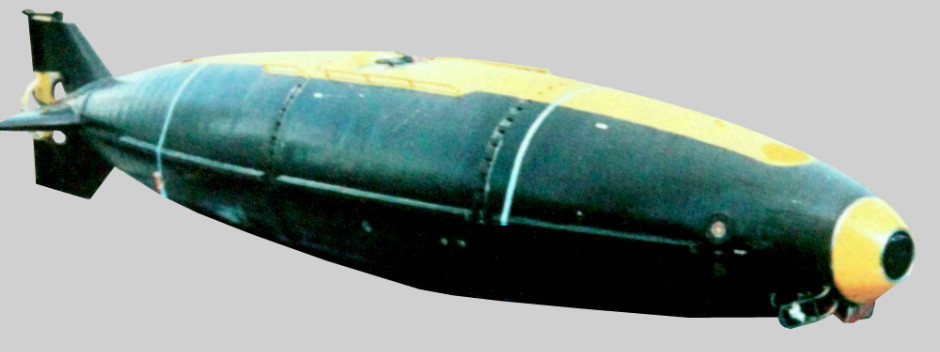
Analysis
The new SDV is actually an old prototype of a design closely related to the Al-Sabehat 15 SDV. In fact in the absence of a known designation this related type is often mistaken for or labelled as an Al-Sabehat-15. The difference is that it is a bit smaller in every respect. Visible differences between this type (upper) and the proper Al-Sabehat-15 (lower) are the comparatively larger watershield, and the aft access hatch being much closer to the cockpit and raised above the spine:
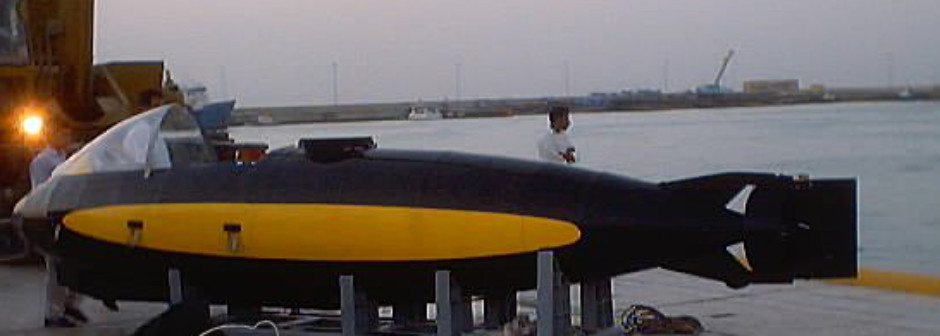
Credit Catsoo, http://www.iranmilitaryforum.net/
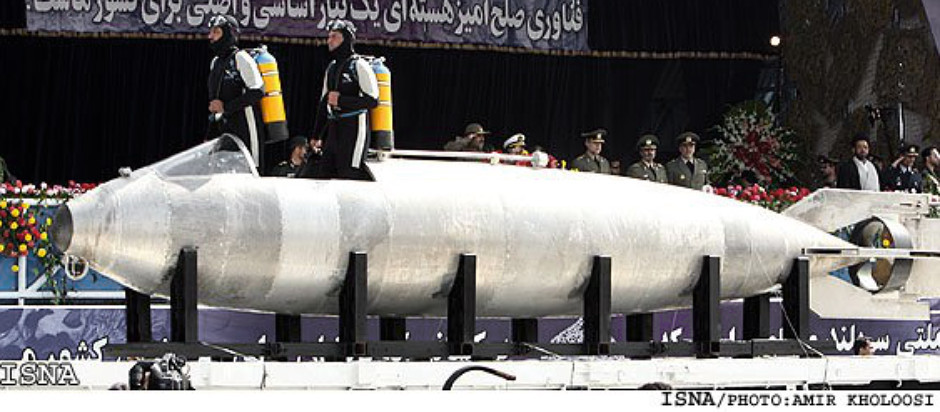
Both craft are of metal construction with the two-man crew sitting in the nose, immediately in front of a bulkhead which separates them from the sealed main body of the craft. This sealed ('dry') section cannot be accessed while the SDV is in operation, but a circular hatch is located in the spine for access to the batteries, ballast tanks and electric motor. These SDVs do not benefit from the recent miniaturization of batteries and motors seen in Western SDVs. And the batteries are almost certainly lead-acid, which are robust and easily recharged but lack the power density of contemporary Lithium-Ion batteries. If it used Lithium-Ion or similar types the rear hull would be a lot more compact.
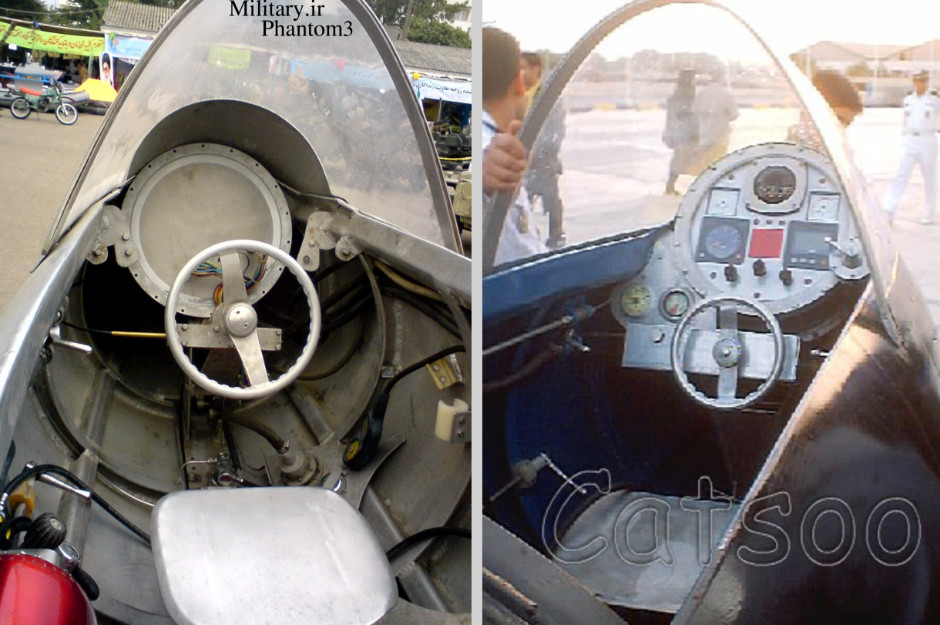
Left: Al-Sabehat-15 cockpit, Credit Phantom3, Military.ir, Right: related SDV, Credit Catsoo, http://www.iranmilitaryforum.net
Even the cockpits are similar with the same controls. Note that the cylindrical sealed instrument module has been removed in the left-hand image - it is likely identical to the one shown on the right. But the cockpit on the left is a bit bigger.
The ultimate book of Special Forces subs Covert Shores 2nd Edition is the ONLY world history of naval Special Forces, their missions and their specialist vehicles. SEALs, SBS, COMSUBIN, Sh-13, Spetsnaz, Kampfschwimmers, Commando Hubert, 4RR and many more.
Check it out on Amazon
The real difference is less apparent however. The smaller model has a keel and other attachments which appear to relate to a submarine cradle. I.e. this model is designed to be operated from a submerged submarine. The only submarines in Iranian service large enough for this would be the Russian supplied Kilo Class SSK. No evidence has come to light confirming the pairing, but that is not unexpected.
The updated craft has the canopy removed and replaced by flush access hatches. There are no windows which is not unusual in modern SDVs since there is nothing to see during the transit and light escaping the craft could give it away, while light entering it may make the instruments harder to read. And the lower profile nose may improve performance slightly. The cables visible running along the outer hull are possibly related to recharging the batteries while the SDV is attached to the host submarine.
Al-Sabehat 15 SDV
The main current version of the Al-Sabehat 15 is operated by the Iranian Marines' Special Boat Section (SBS) for beach reconnaissance in support of amphibious landings. A new boat-like bow has been grafted on but it is otherwise similar to the baseline Al-Sabehat 15. These craft are not adapted for submarine launch (they could be), and instead are launched from the deck of the Iranian Navy's Hengam Class landing ships.
